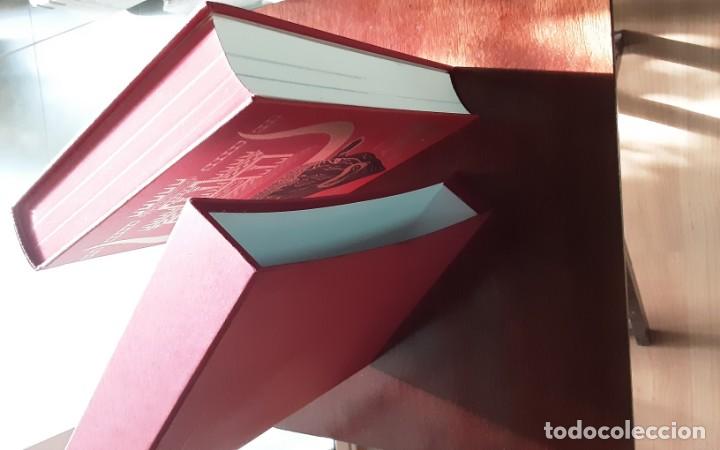
It was especially fortuitous for the Early Cycladic culture that their islands were rich in iron ores and copper, and that they offered a favorable route across the Aegean.

At this time in the Early Bronze Age, metallurgy developed at a fast pace in the Mediterranean. 3200–2300 B.C.), emerged with important settlement sites on Keros and at Halandriani on Syros. In the third millennium B.C., a distinctive civilization, commonly called the Early Cycladic culture (ca. They were also accomplished sculptors in stone, as attested by significant finds of marble figurines on Saliagos (near Paros and Antiparos). These earliest settlers probably cultivated barley and wheat, and most likely fished the Aegean for tunny and other fish. Archaeological evidence points to sporadic Neolithic settlements on Antiparos, Melos, Mykonos, Naxos, and other Cycladic Islands at least as early as the sixth millennium B.C.

Many of the Cycladic Islands are particularly rich in mineral resources-iron ores, copper, lead ores, gold, silver, emery, obsidian, and marble, the marbles of Paros and Naxos among the finest in the world.

The ancient Greeks called them kyklades, imagining them as a circle ( kyklos) around the sacred island of Delos, the site of the holiest sanctuary to Apollo. The Cyclades, a group of islands in the southwestern Aegean, comprises some thirty small islands and numerous islets.


 0 kommentar(er)
0 kommentar(er)
